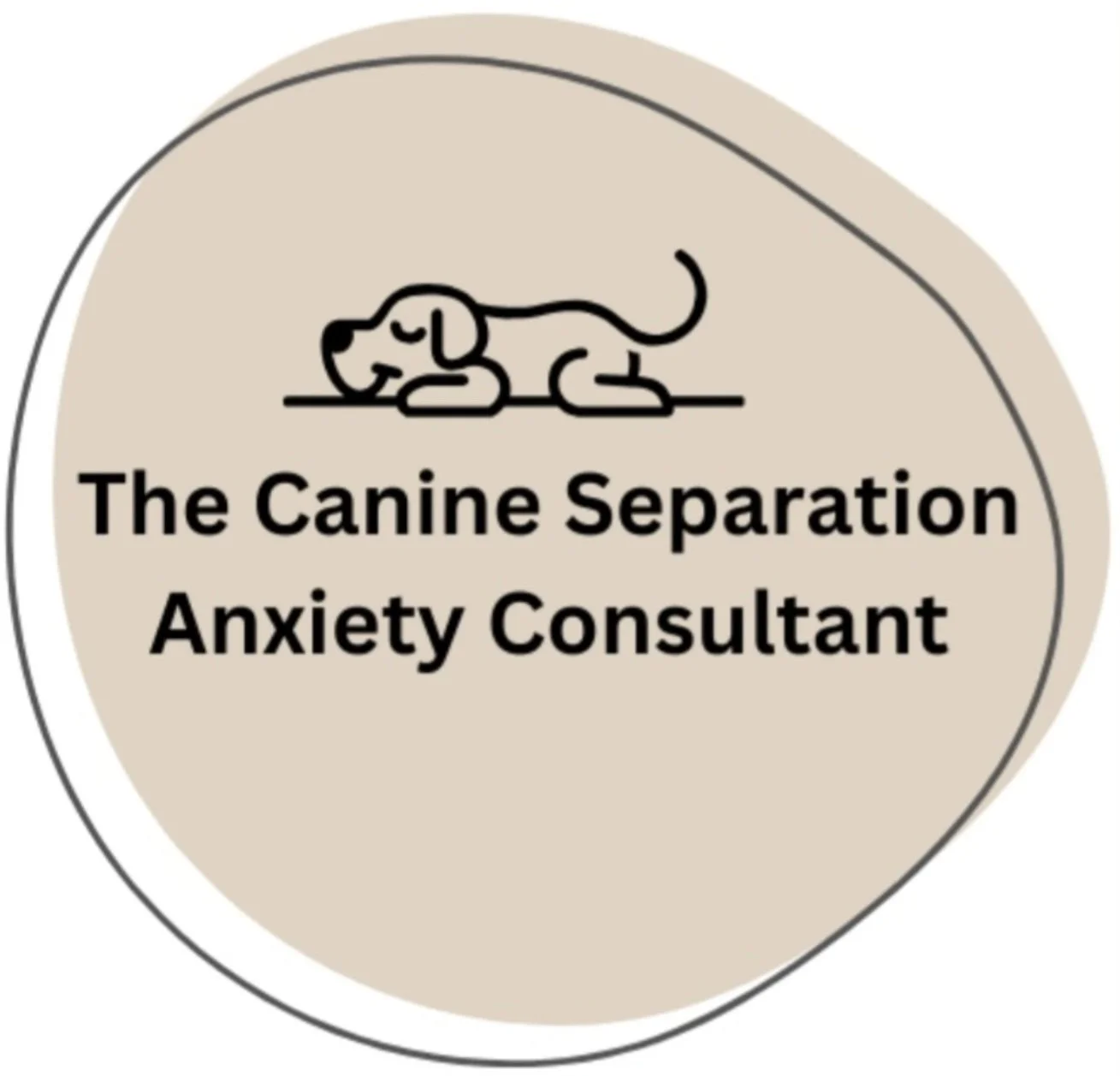Why I Don’t Use Food in Separation Anxiety Training , And Why It Might Be Holding Your Dog Back
The Food Myth in Separation Anxiety
If you have a dog with separation anxiety, I am willing to bet that you have attempted to use food as a solution at least once. It is one of the most common strategies people attempt, often recommended by well-meaning trainers, online articles, and Facebook groups is to leave a Kong or puzzle toy when they go out.
The reasoning usually falls into one of two camps:
“If I give my dog a Kong every time I leave, they’ll associate my departure with something positive.”
“The Kong will keep them busy and distracted so they won’t notice I’ve left.”
These ideas sound logical. But when we dig deeper into the behaviour science and the lived experiences of dogs with separation anxiety, we find three major problems with this approach.
1. Most Separation Anxiety Dogs Are Too Stressed to Eat
A dog experiencing separation anxiety isn’t just “missing you.” They’re often having a full-blown panic response, the canine equivalent of a panic attack. To them, your absence can feel like a life-or-death situation.
Now imagine someone offering you your favourite snack while you believe your life is in danger. Would you stop and eat it? Probably not.
That’s exactly what’s happening for many dogs. Even if you leave their absolute favourite treat, they may not touch it, not because they don’t like it, but because their nervous system is in survival mode.
If your dog isn’t eating the Kong or chew you leave behind, that’s not just a failed distraction. It’s an important signal that they are too distressed to eat, and the food isn’t helping them feel safe.
2. Food Can Mask Anxiety, But It Doesn’t Resolve It
Some dogs will eat when left alone. But don’t be fooled, eating doesn’t mean your dog isn’t anxious. Just like some people stress-eat, some dogs can eat through their panic.
In these cases, the food toy acts as a temporary distraction, delaying the signs of distress. You might think, “My dog was fine for 30 minutes!” when in fact, they were simply engaged with the chew. As soon as it runs out, the panic kicks in.
This creates a false baseline. You’re not seeing what your dog can truly cope with you’re seeing how long a piece of food can occupy them.
And here’s the risk: if you then plan your training based on that false baseline, you’re more likely to push your dog past their threshold without even realising it. This can stall progress, or even set your training back.
3. The Science of Association Doesn’t Support the Food Approach
In behaviour science, timing matters, a lot. If we want a dog to feel better about something scary, we use a method called counter-conditioning, where the scary thing happens first, followed by something good (like food). This order is essential.
But when you give your dog a food toy before leaving, the order is backwards. Instead of learning “being alone = good things,” your dog learns “Kong = scary alone time.”
Over time, the Kong itself can become a predictor of your absence, a trigger that causes anxiety before you even step out the door. It is possible for dogs to begin to tremble or hide when they see their once-beloved food toy, simply because it has become associated with something terrifying.
So What Should You Do Instead?
The foundation of ethical, effective separation anxiety training is systematic desensitisation, gradually helping your dog feel safe being alone, step by step, without ever pushing them beyond their comfort zone.
That means:
Starting at your dog’s current threshold (even if that’s simply you standing up or walking to the door)
Building duration slowly and incrementally
Ensuring your dog stays under threshold at every stage
Avoiding any stressors, distractions or shortcuts (including food) that can interfere with the learning process
Food has its place in dog training, but not in separation anxiety protocols. It distracts instead of teaches. It masks anxiety instead of resolving it. And worst of all, it can become a predictor of fear.
Final Thoughts
Leaving food for your dog during absences may seem like a kind and logical solution, and in other contexts, it might be. But when it comes to separation anxiety, food is not the fix. In fact, it might be doing more harm than good.
If you're ready to stop masking symptoms and start real progress, I’m here to help. My training programmes are tailored to your dog’s unique needs, grounded in science, and focused on building lasting comfort and calm — no food required.
Need expert help with your dog’s separation anxiety?
Book a pre-training consultation today and let’s start your dog’s journey to confidence and calm.
